What were technologists focused on 20 years ago? What did history prove right? Where were our predictions off base? Is any of this still applicable now? What can we learn? If nothing else, let’s just drink in the nostalgia.
My husband is a faithful reader of Wired magazine. So faithful that every single issue of Wired from January 2000 to the present lives in our house.
Mostly I find this endearing: evidence of a partner who loves technology, reading, and just a smidgeon of aesthetically pleasing hoarding (but hoarding nonetheless.)
The only problem is that I’ve now had to move these magazines from house to house multiple times, most recently last September. The collection is decidedly less endearing when you are in the middle of packing, hauling, and then carefully reordering 20 years worth of magazines.
In the midst of the last move, I vowed to make the magazine collection mine, too. Mine not just via the toil of packing it or in sharing bookshelf space with it, but in having the contents of these back issues have meaning to me.
And thus my 2020 project was born: every month in 2020, I’m going to go back and read the corresponding monthly issue of Wired from 2000.
Comparing 2000 to 2020
The first and most obvious difference between an edition of Wired today and a Wired of 20 years ago is the length. The January 2000 Wired came in at 248 pages. The most recent edition is 96 pages. A big drop in volume is due to the decrease in ads; the printed ad market has clearly taken a hit in the past two decades. In 2000 there were a remarkable number of two-page, full spread ads. I don’t believe I caught any two-pagers in the 2020 issue.
It wasn’t just the volume of these ads that caught my attention. For the most part I enjoyed the ads at least as much as the articles themselves. Primarily I think this was the nature of this particular issue; Wired devoted their first publication of 2000 to making predictions about where technology would go over the coming century. While the predictions were entertaining, the ads that spoke to the point-in-time technologies ended up being even more immersive than the prognostications.
That’s not to say the content didn’t have gems. There were fantastic pieces hypothesizing about the future of networking, super computing, climate, technologies to extend human life, and of course, and the future of transportation. (No predictions about the future are complete without flying cars.)
It’s hard to parse that wide a range of predictions in a high level overview like this, so instead I want to focus on some of the short-term predictions about the past two decades.
The growth of the internet is undeniable and has undoubtedly altered global power dynamics. While the internet is still not ubiquitous in all parts of the world, there is a growing assumption that most people, information, and processes are accessible online in 2020.
(Aside: it appears that the wise money seems to have moved to autonomous vehicles rather than flying vehicles by 2036. The “I thought you said this was the future, but where are the flying cars?!” crowd is going to have to hang tight a little longer.)
The Tech Demographic
One thing of note is that there seems to have been a shift in advertisers; the 2000 ads seem to be placed predominantly by technology companies (think HP, IBM, Microsoft, etc), whereas in 2020 there is more variety (think Lego, Geico, The New Yorker.)
I’m unsure if this change is indicative of Wired gaining a broader audience, of more companies viewing themselves as relevant to a technical audience, or of this just being part of the broader shift in advertising. I can’t speak to the specific shifts in advertisement economics, but I do think a fairly strong case can be made that this also reflects a societal shift. 20 years ago tech was its own distinctive set of concerns; tech was tech. Now tech is the cultural backdrop in which we are all increasingly immersed.
This photograph more than any of the others shows what was about to happen in the next 20 years. Technology isn’t software sold in a box anymore. It’s people all around the world using their phones to send each other gifs, which is still very much a thing in 2020.
So many other photographs in the 2000 issue look dated, but this looks like it could be taken tomorrow. To me this photo feels like a predictive glimpse of the coming cultural shift.
Jargon
I forgot that we used to hyphenate “e-mail” and capitalize “Internet.” I love the throwbacks to “The Net” and “The Web.”
But what most stood out to me were all the ads targeted towards helping companies become an “e-business.” The vendor language around the shift to ecommerce will feel very familiar to anyone who has listened to a “digital transformation” pitch recently. The words vendors used in 2000 to appeal to companies that needed to create an online storefront feel remarkably similar to those used today when enterprises need to undertake an app modernization project.
(I very much enjoy how the benefit of hindsight heightens the irony of Andersen Consulting selling people on the importance of durable business models. Maybe they should have shared this durability theory with their colleagues at Arthur Andersen before all the Enron document shredding….)
The State of Hardware
Desktop towers. CRT monitors. External disk drives. A most entertaining version of “thinner” laptops. An oddly sexualized description of a mouse.
We’ve come a long way, baby.
Technological Evolution
It’s one thing to think about how the power and dimensions of compute have changed, but it’s great to remember what advances those changes have enabled.
We didn’t finish sequencing the human genome until April, 2003. It was a 13-year project that ultimately cost $2.7B. In 2000 it was still a dream.
A $1,000 purchase minimum for a static satellite image. Now we have multiple map vendors giving us dynamic, on-demand satellite images for free. (Not to mention Google Mars.)
Products Soon to be Decimated by the iPhone
I loved finding ads and pitches for a wide variety of gadgets that were going to be completely replaced by a single product within the decade.
There was a time when Handspring was cool, not just a footnote to Palm, which was in turn a footnote of the overall evolution of mobile phones. The phone vendors and capabilities have changed a lot since 2000, but I want to close again with this picture again because I think this image more than any other successfully captures a vision for the future in 2020.
This is the vision of “pocket computers.” This is the vision of a mobile technology that will become so pervasive that it reaches every demographic. This is us all having a cricked necks and being together while actually being somewhere else. A lot has changed since January 2000, but the path towards this future became a reality for US audiences on June 29, 2007. This was a step along the way.
All images taken from Wired, January 2000.
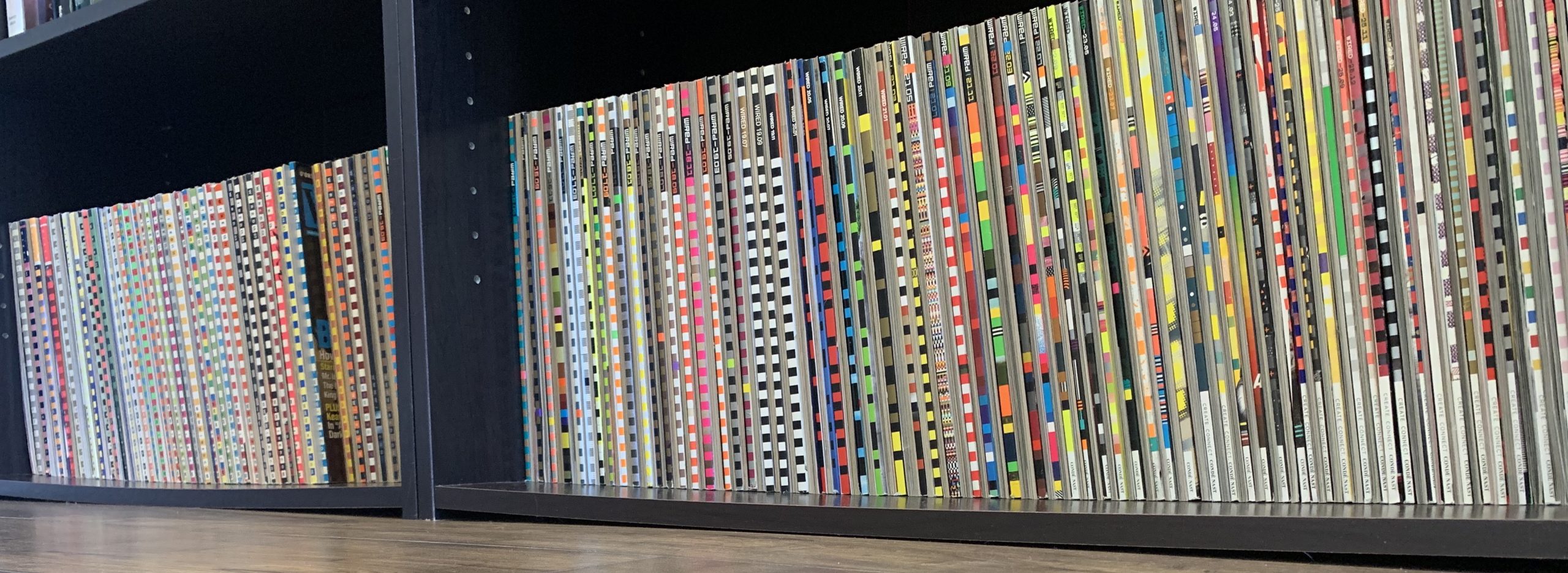
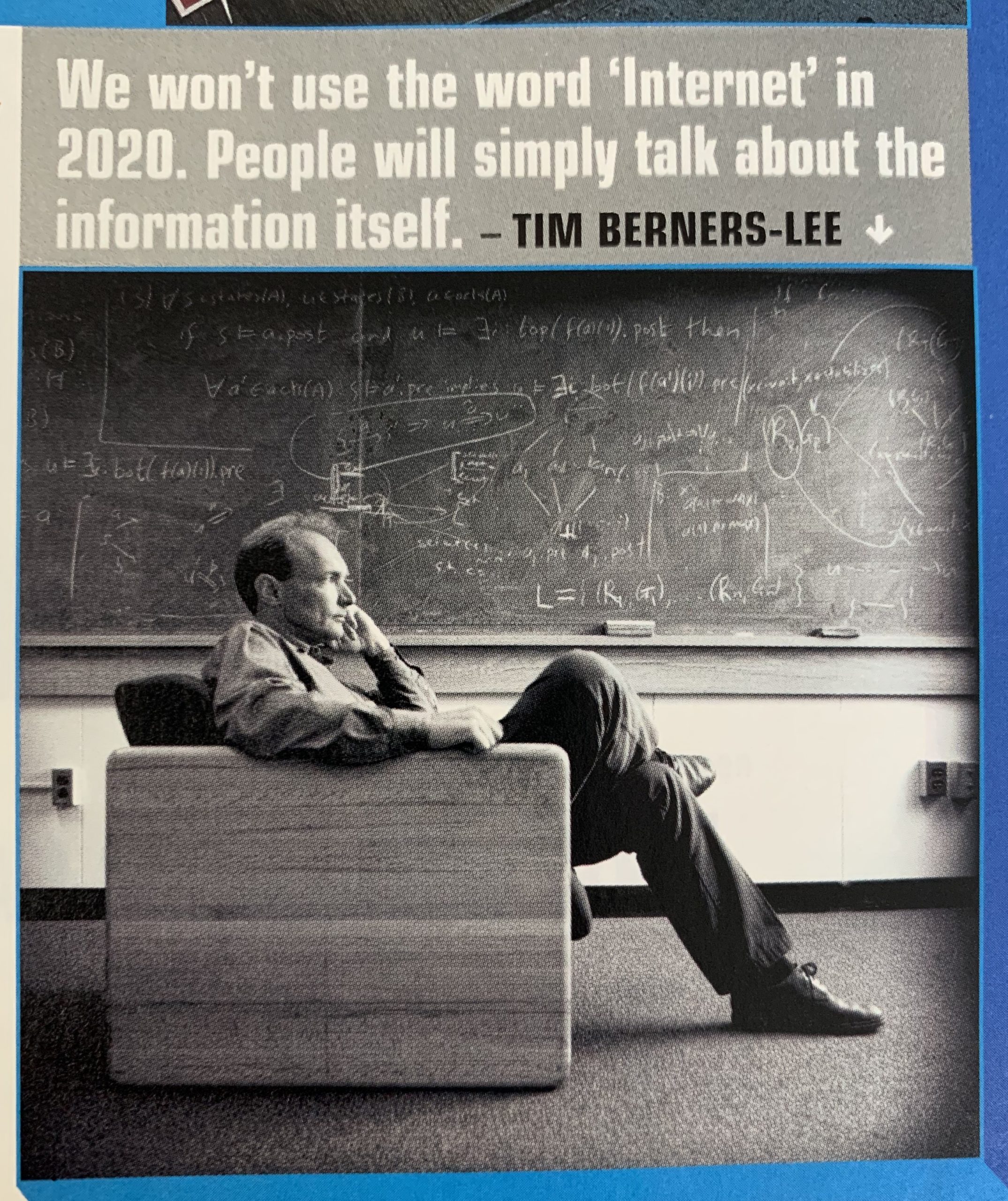


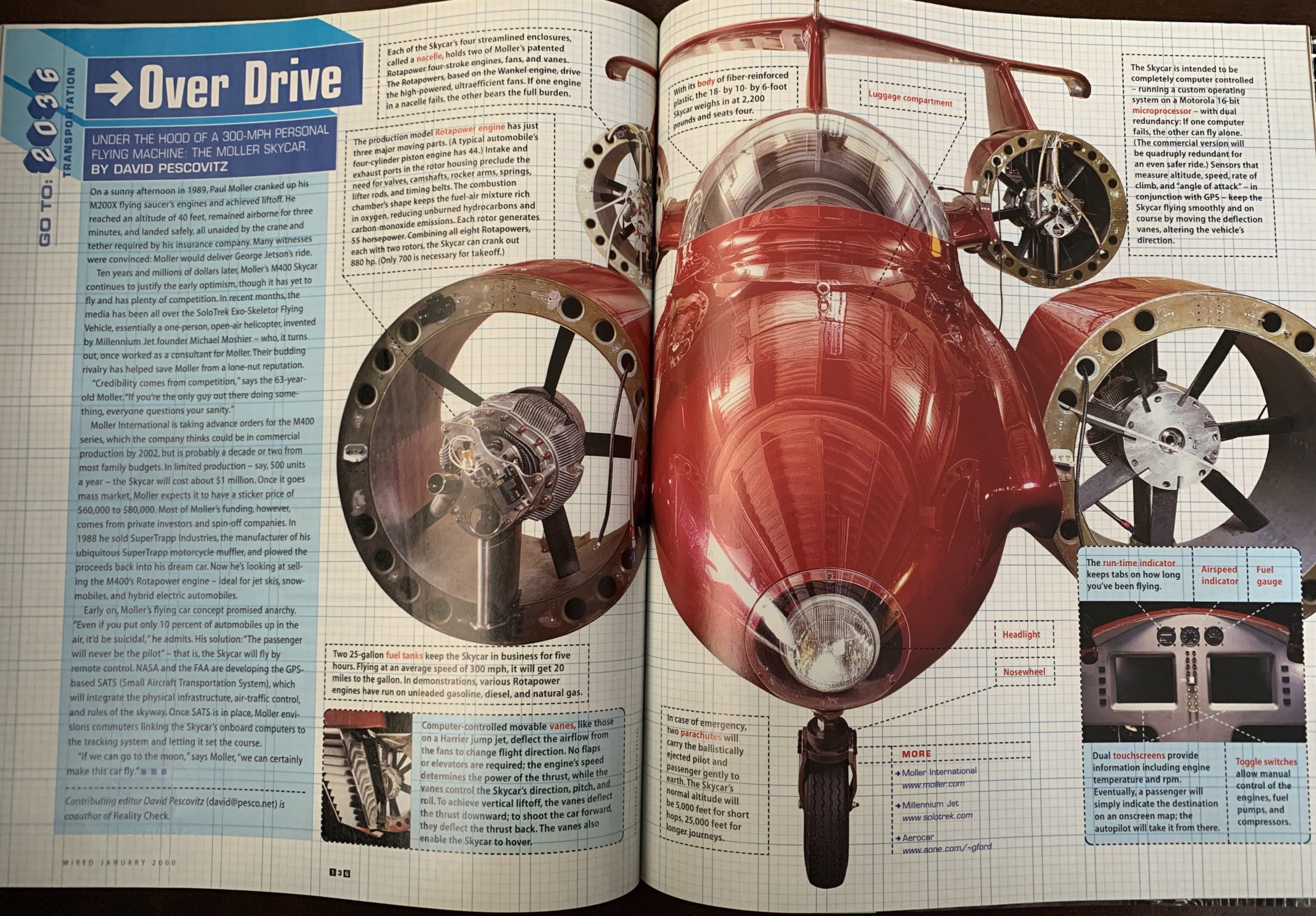

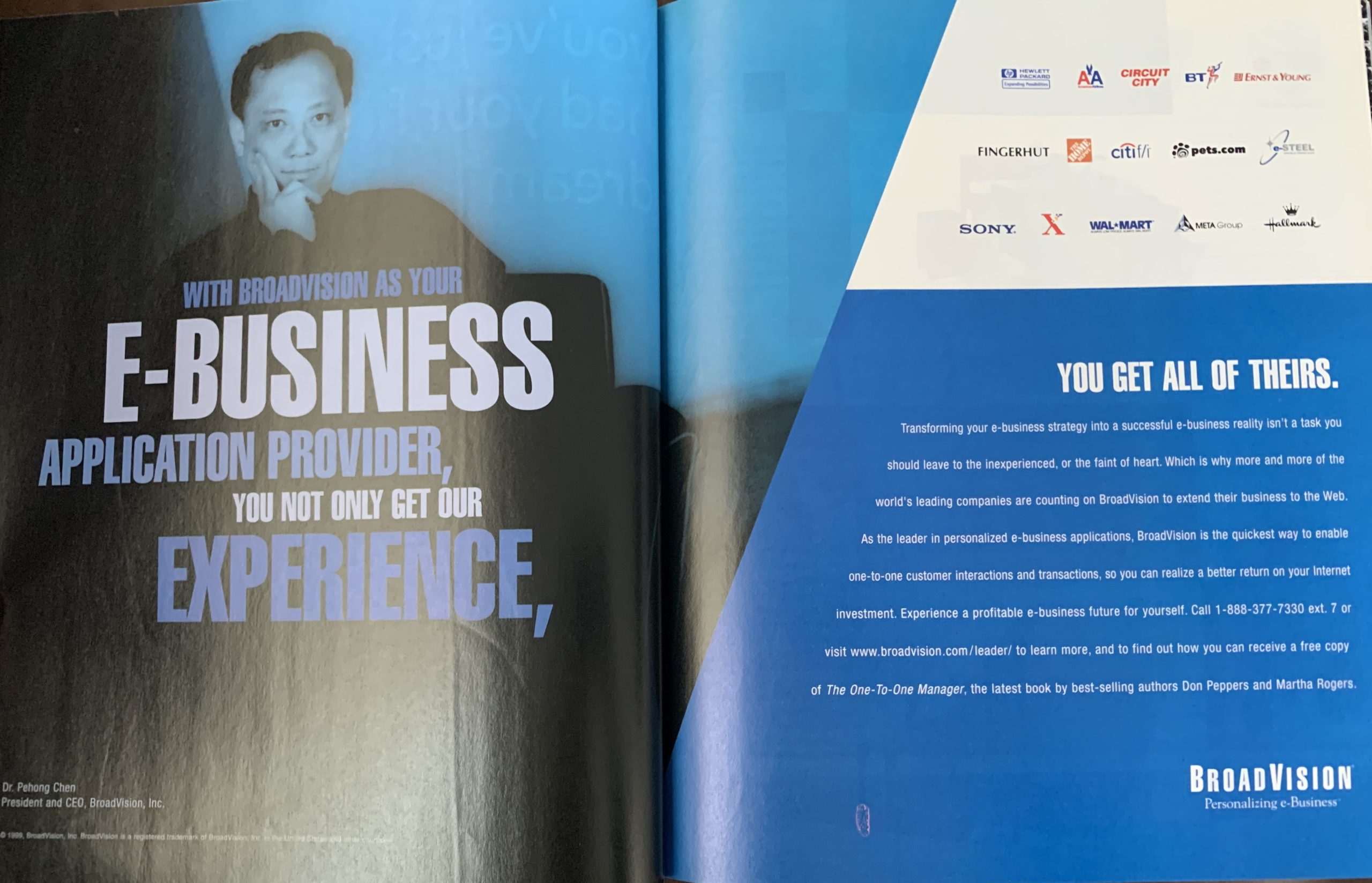


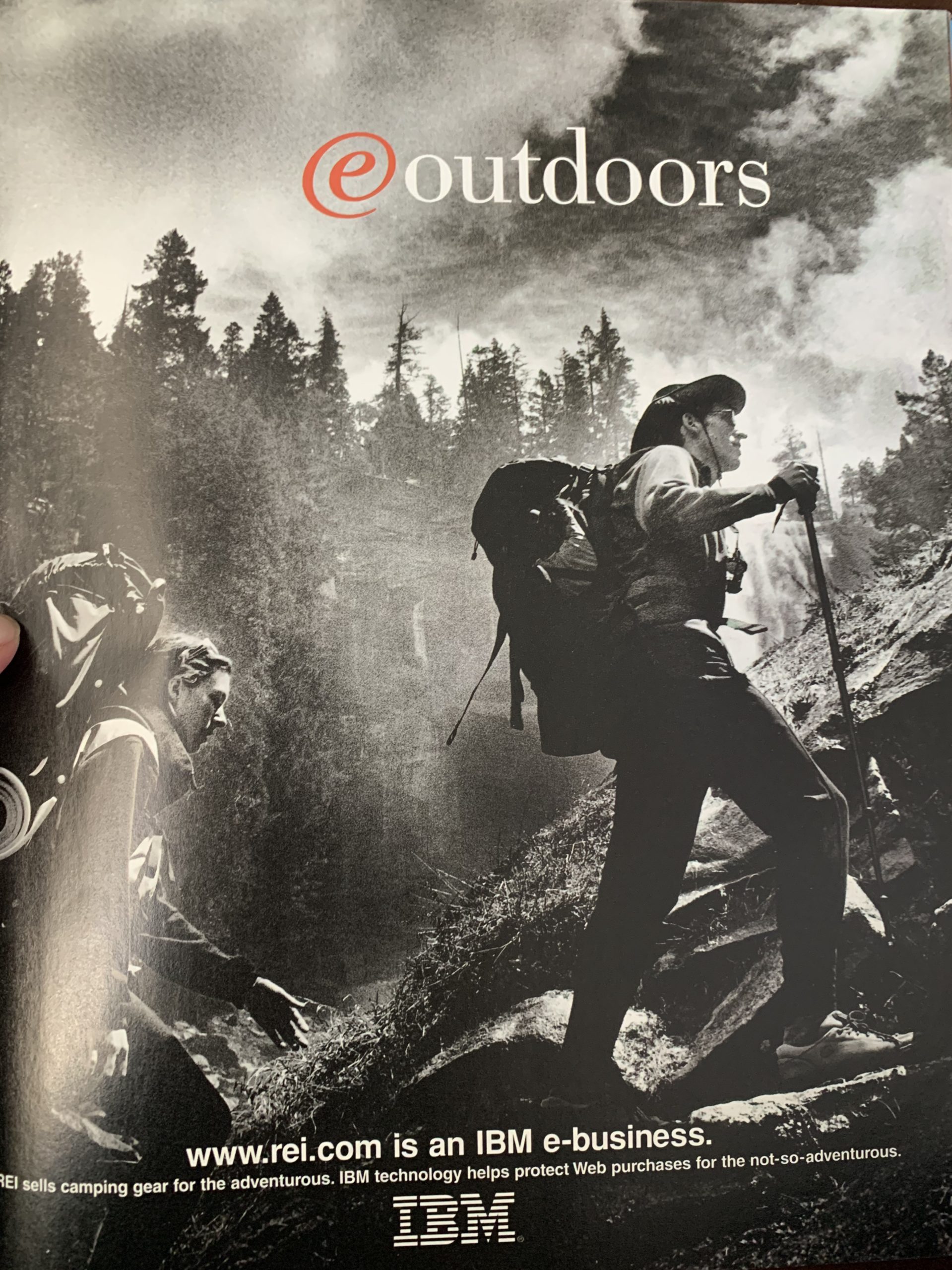
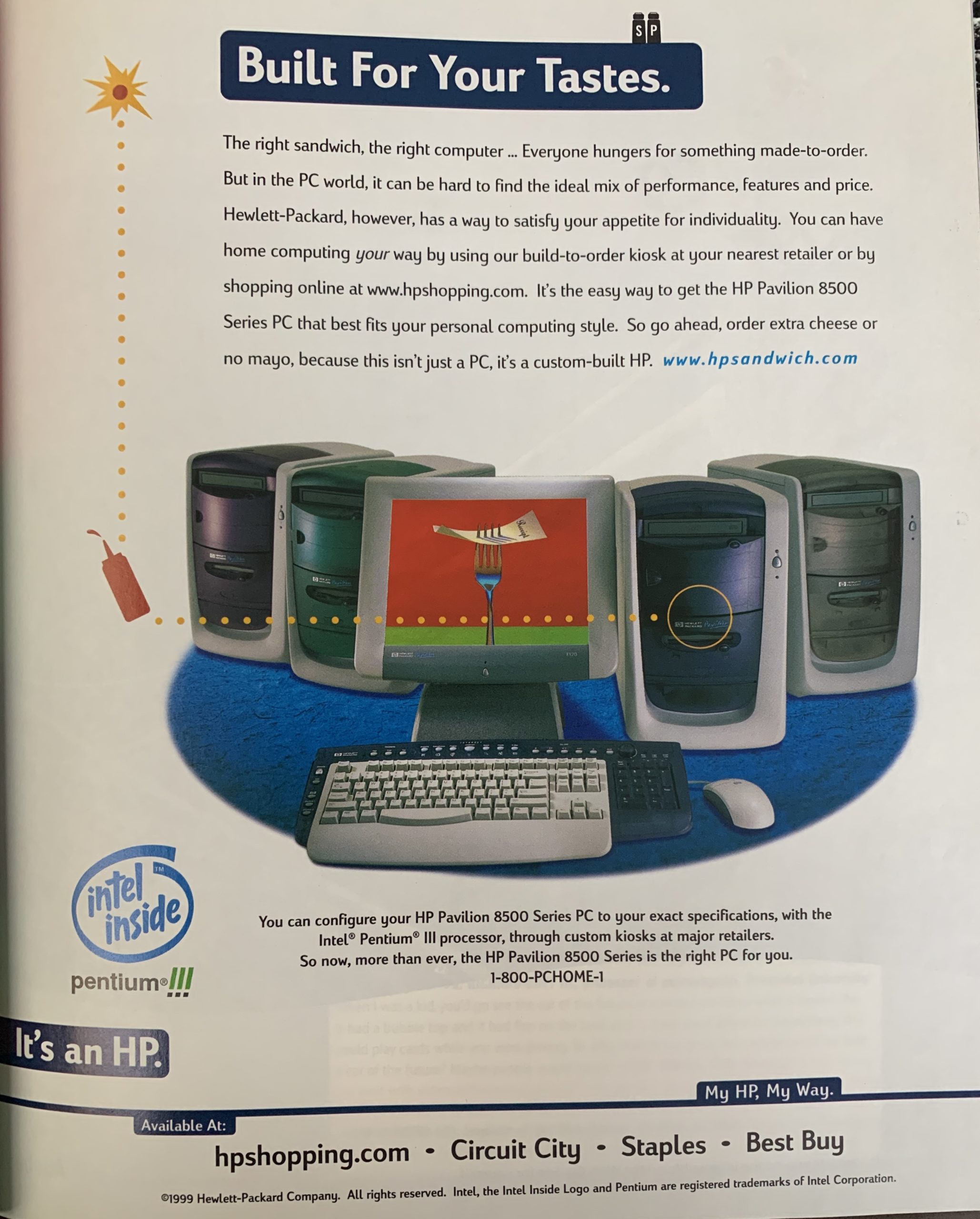
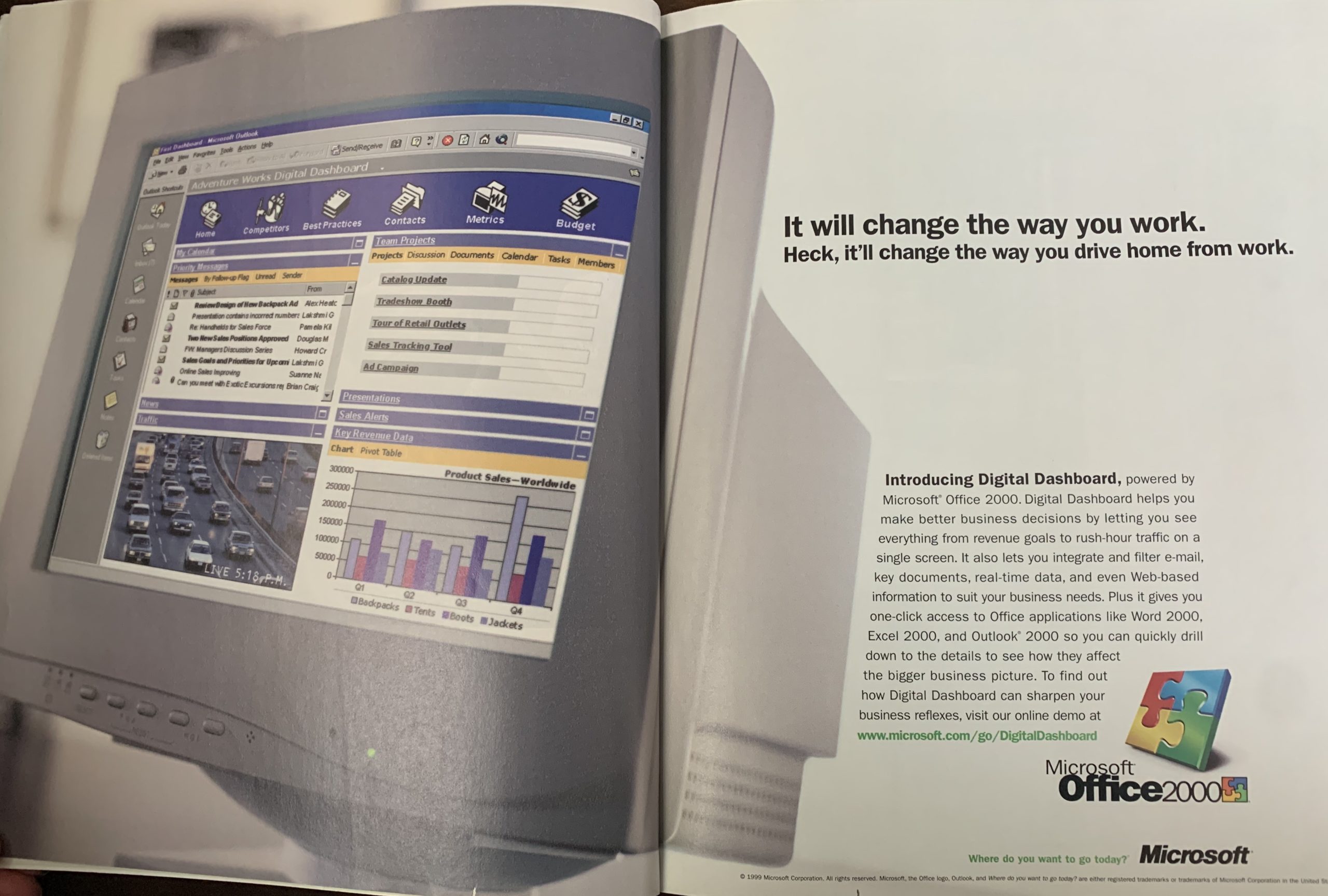
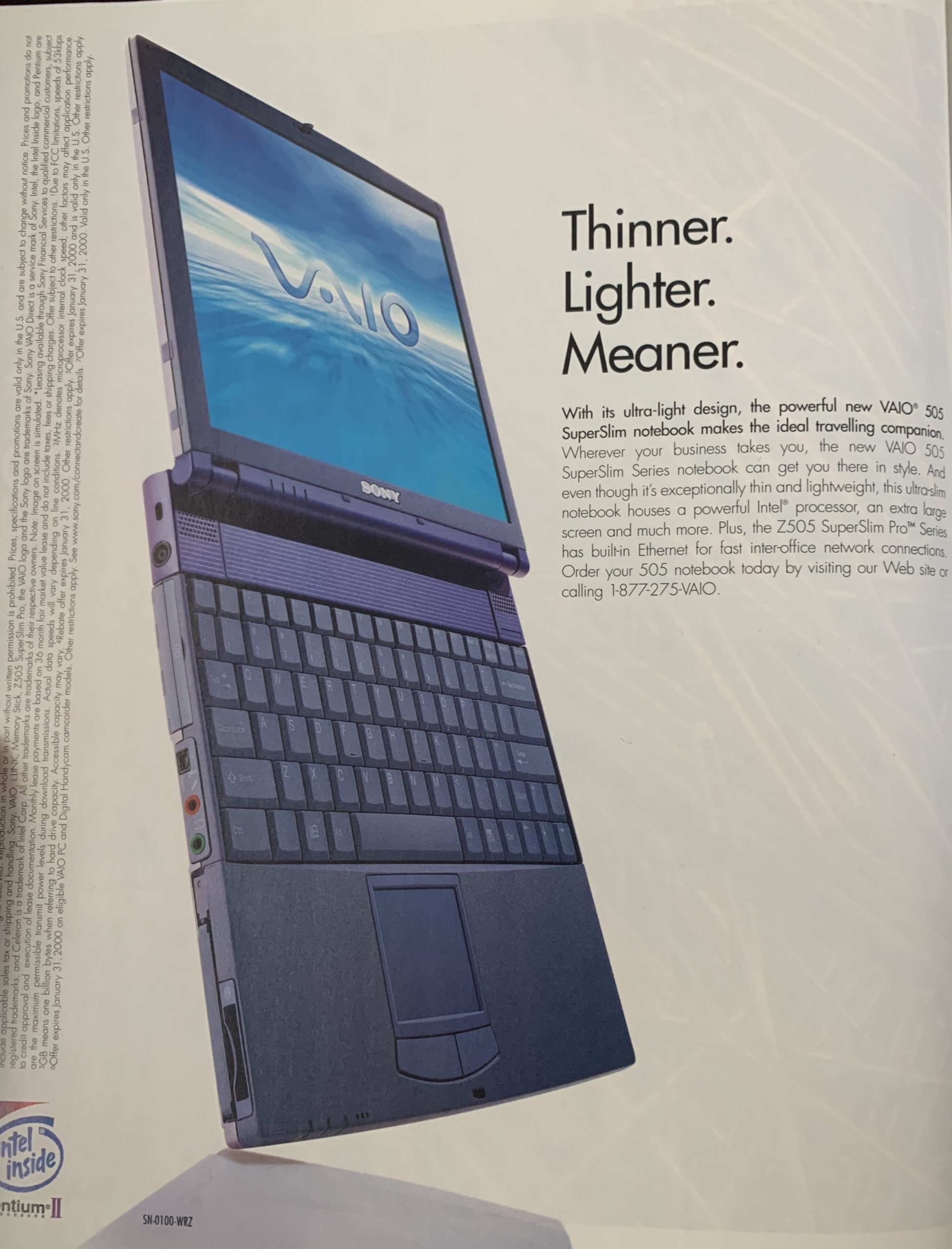

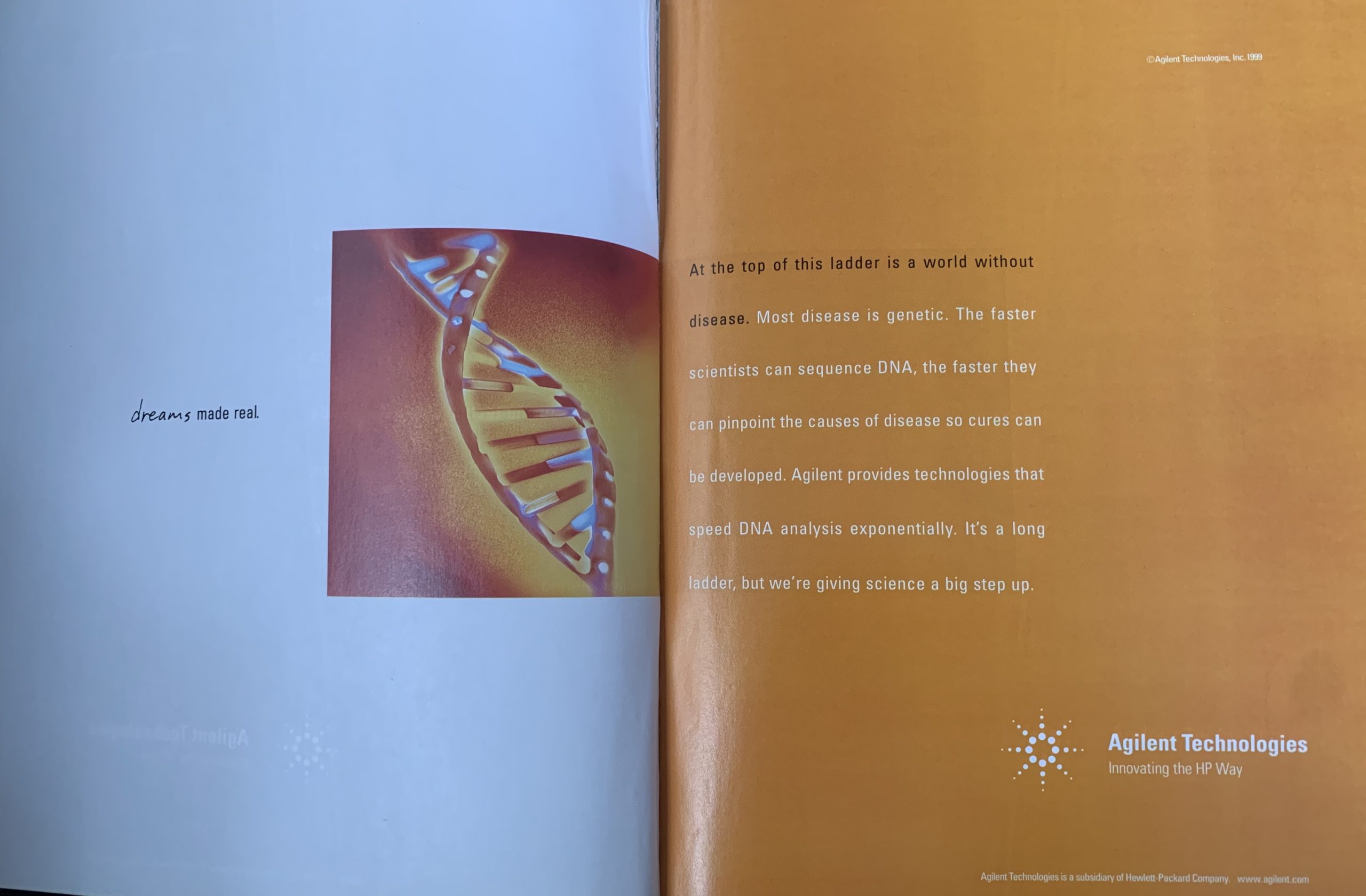

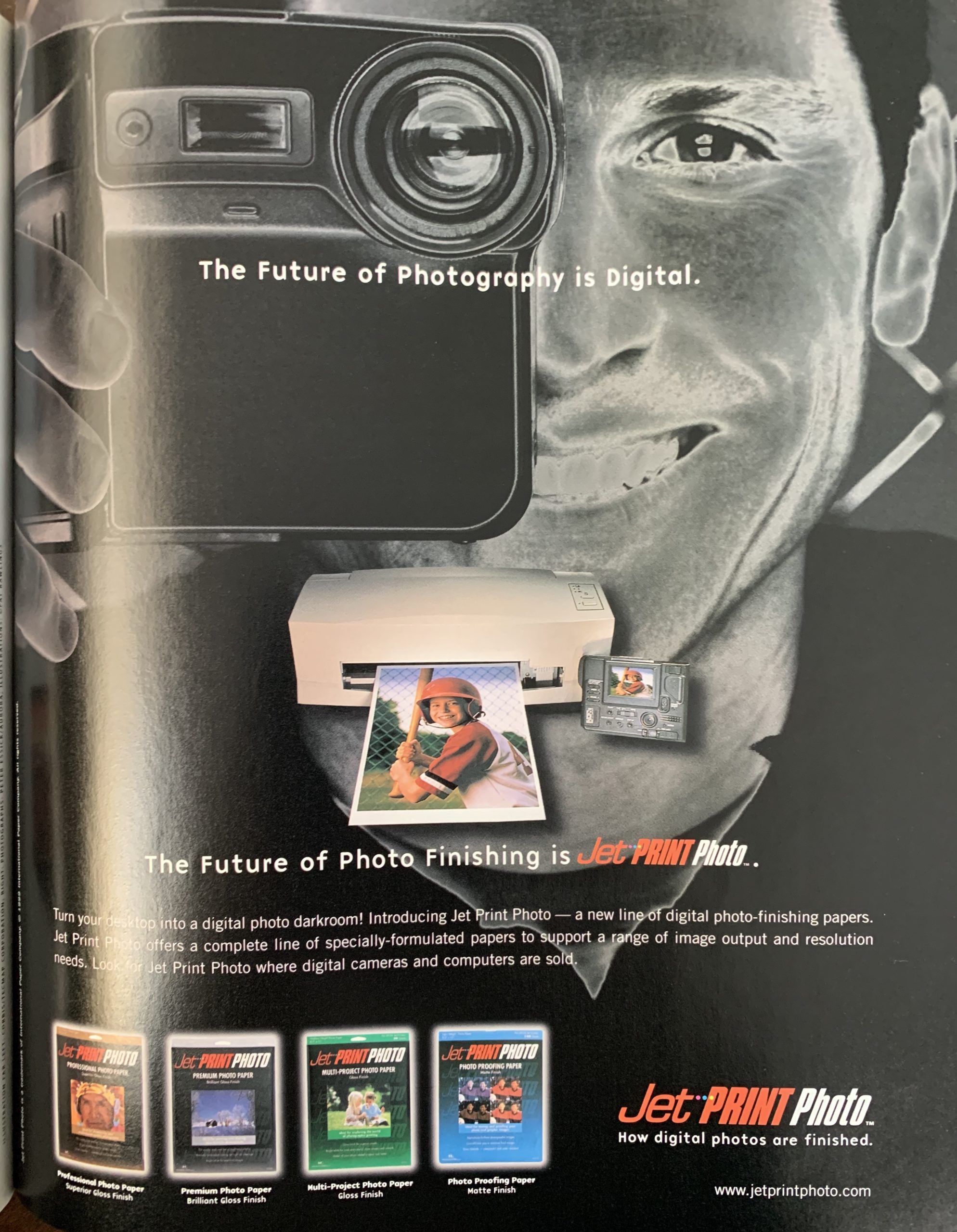
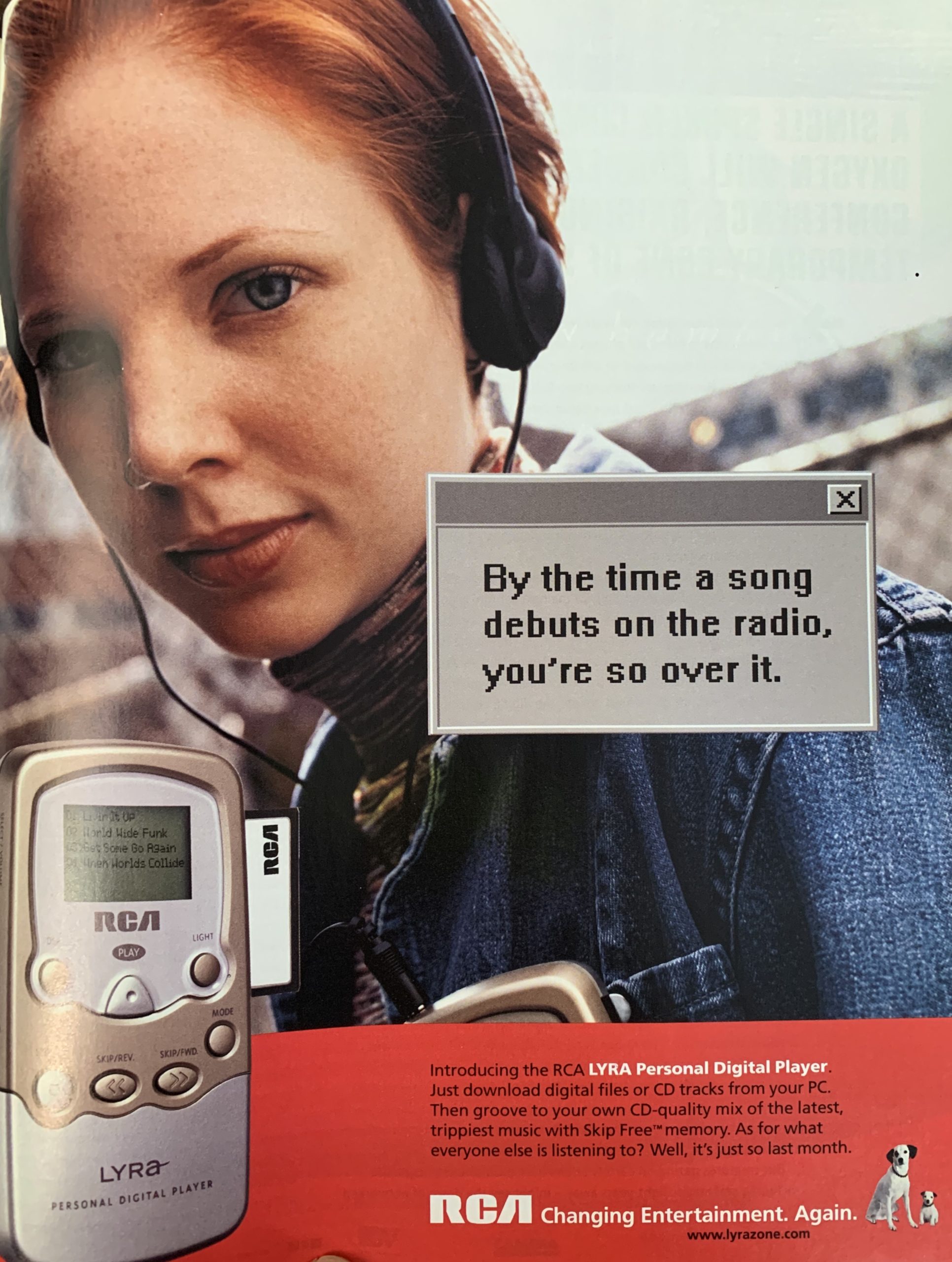

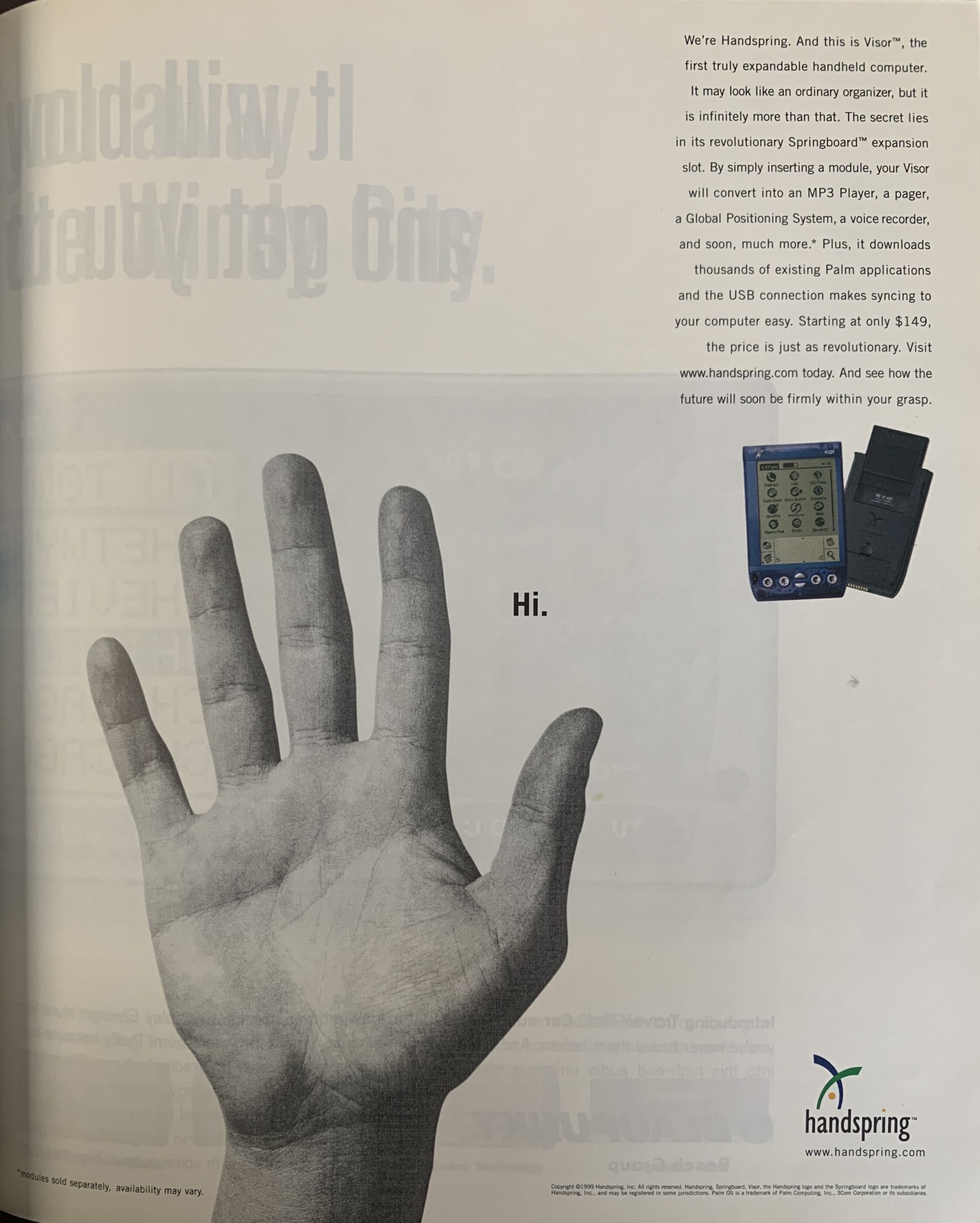
Dina M Milazzo says:
February 11, 2020 at 5:30 pm
Great post!